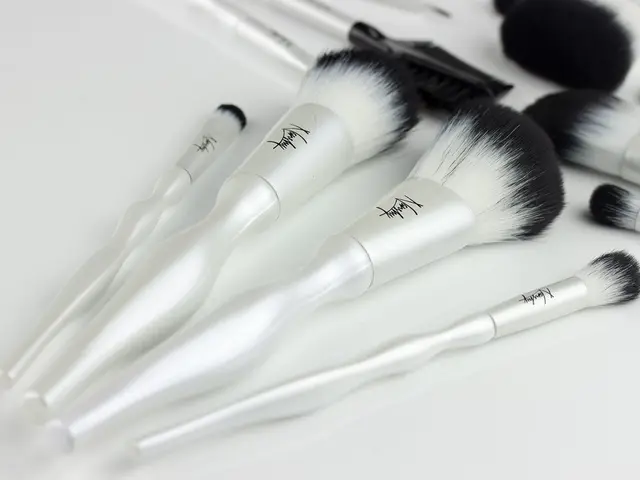Differences in the distinct qualities of objects impact the focus of visual attention when observing moving images: The impact of position and brightness explored
In a recent study, researchers investigated the influence of object location and luminosity on visual attention during dynamic stimuli in usability settings. The study, which involved 37 American participants and analyzed 34 Australian commercials, totaling 606 scenes, identified 2,695 Areas of Interest (AOIs).
The findings suggest that object location primarily affects visual attention through spatial factors. The foveal region of vision, which has high resolution, focuses on a central point, making objects positioned nearer to the center of gaze or the foveal area more likely to attract overt attention due to anatomical constraints. Top-down factors also play a role, influencing attentional shifts to spatial locations based on task relevance and expectations.
On the other hand, object luminosity affects visual attention through bottom-up saliency cues related to brightness and contrast. Changes in luminosity generate strong signals that can automatically capture attention, independently of task goals. The study found that a higher luminosity of an AOI was positively associated with capturing visual attention, while a higher contrast between an AOI and its immediate background led to longer fixations. However, luminosity was also negatively associated with sustaining visual attention.
The central location of an AOI was found to draw more visual attention and sustain it longer than other locations. This finding aligns with the role of the foveal region in focusing on central points.
The study employs eye tracking to investigate visual attention in dynamic stimuli and evaluates accessibility, usability, and user experience as part of best practice design. The findings can help in optimizing user attention and engagement with dynamic content by leveraging spatial layout and visual properties like brightness differently in design.
[1] Pylyshyn, Z. W. (1981). Attention and perception: A neuropsychological analysis. Cambridge, MA: MIT Press. [2] Itti, L., Koch, C., & Niebur, E. (1998). A model of spatial attention based on saliency. Vision Research, 38(23), 3231-3250. [3] Theeuwes, J., & Kramer, A. F. (2002). Attention and selective spatial attention: A review. Psychological Bulletin, 128(1), 3-31. [4] Yarbus, A. L. (1967). Eye movements and vision. New York: Plenum Press. [5] Wolfe, J. M., & Horowitz, E. T. (1998). Attention and the visual environment: The effects of spatial frequency and contrast on visual search. Psychological Science, 9(6), 473-481.
- In the realm of health-and-wellness and fitness-and-exercise, eye tracking technology can be utilized to analyze visual attention during workout sessions, helping to design more effective and engaging routines.
- Integration of eye tracking technology in home-and-garden design can enhance user experience by optimizing the placement of plants, furniture, and other decorative elements to draw and sustain visual attention.
- As technology advances, research in science regarding object location, luminosity, and visual attention will continue to pave the way for lifestyle improvements by informing best practices in technology design, whether it's in science, health-and-wellness, or home-and-garden applications.




